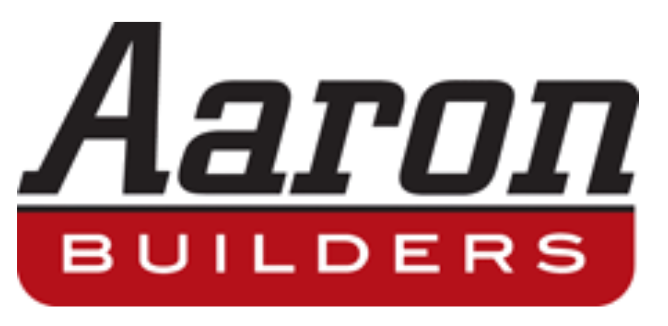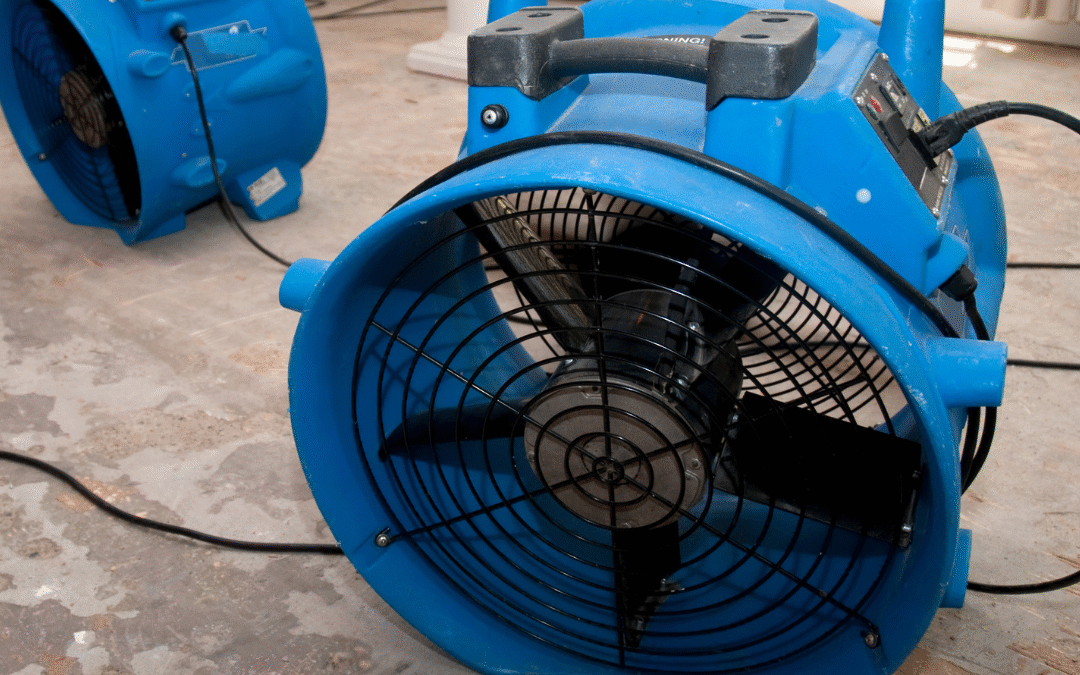If your home has recently flooded, you’re probably overwhelmed, stressed, and unsure where to start. One of the first—and most critical—steps to recovery is drying out your home properly. At Aaron Builders, we’ve helped Michigan homeowners restore their properties after water damage for over 40 years. Drying isn’t just about comfort—it’s about preventing mold, structural damage, and lingering health risks.
Here’s how professional restoration teams like ours dry a home safely and thoroughly after flooding.
Table of Contents
Why immediate drying matters after a flood
Time is everything. The longer water sits, the more damage it causes—often in ways you can’t see. Within hours, water seeps into floors, drywall, and insulation. Within days, mold can begin to grow. That’s why Aaron Builders offers 24/7 emergency response and 1-hour on-site arrival anywhere in Southeast Michigan.
Drying is the first step in stopping further damage. But it’s not just about using fans—it’s a detailed, technical process handled by certified professionals.
Step-by-step: What professionals do to dry your home
1. Water extraction
We start by removing standing water using high-powered extraction equipment. This includes water in:
- Carpets and rugs
- Subfloors and crawl spaces
- Wall cavities and basements
Quick removal prevents additional water from wicking into building materials.
2. Moisture detection
Just because it looks dry doesn’t mean it is. We use:
- Moisture meters
- Thermal imaging cameras
These tools help us find moisture behind walls, under floors, and in hard-to-reach places that homeowners often miss.
What drying equipment do restoration companies use?
Professional-grade equipment is essential for effective drying. Here’s what we bring to the job:
- Air movers: These high-powered fans circulate air to speed up evaporation.
- Dehumidifiers: These pull moisture from the air to prevent mold growth and swelling in wood or drywall.
- Injectidry systems: Used to dry inside wall cavities and under floors without full demolition.
- Containment barriers: Plastic sheeting may be installed to isolate rooms and focus airflow where it’s needed most.
This equipment stays in place for several days, with our team checking progress and adjusting as needed.
What materials need to be removed during drying?
Not everything can be salvaged. To dry the structure fully, we often remove:
- Water-damaged insulation
- Saturated drywall or paneling
- Baseboards and trim where moisture is trapped
- Carpet padding if it cannot be sanitized
This controlled demolition helps reduce the risk of mold and speeds up reconstruction.
Why professional drying beats DIY
Drying a flooded home isn’t as simple as opening windows or renting a fan from a hardware store. DIY attempts often miss hidden moisture, leading to:
- Mold and mildew growth
- Warped flooring
- Structural instability
- Musty odors and air quality issues
Professionals, like the team at Aaron Builders, are trained in water mitigation, licensed and insured, and Haag- and IICRC-certified. We also document everything with photos, moisture logs, and reports for your insurance claim.
Let Aaron Builders restore your home—quickly and completely
If your home has flooded, you don’t have time to waste. Aaron Builders will arrive within one hour of your call to begin the dry-out process and protect your property from further harm. From extraction to structural drying to full reconstruction, we’re with you every step of the way.
Call us now at 248-957-9660, visit aaronbuilders.com, or find us on Google Maps to get expert help fast.
Let’s get your home dry, safe, and back to normal—together.

